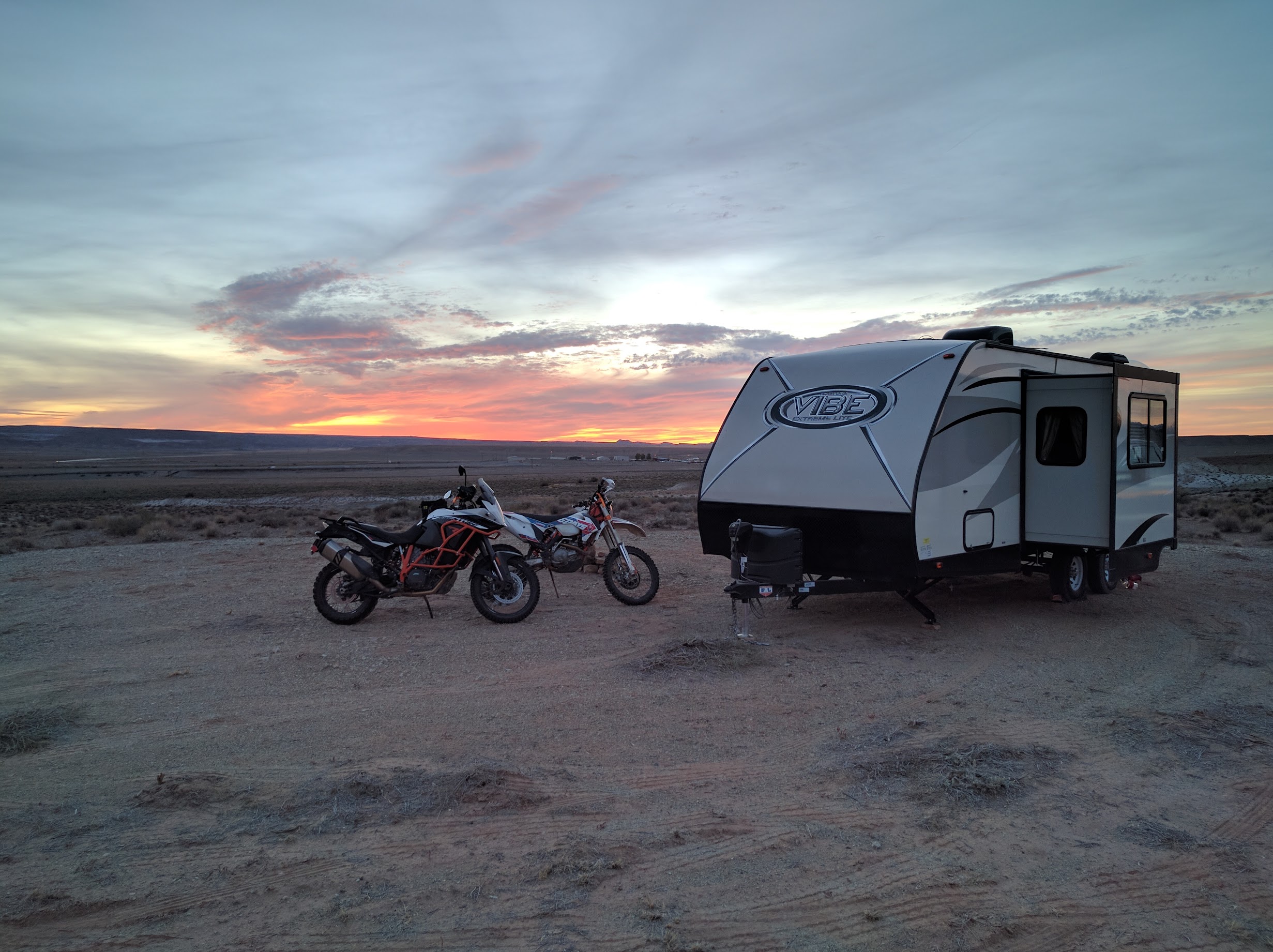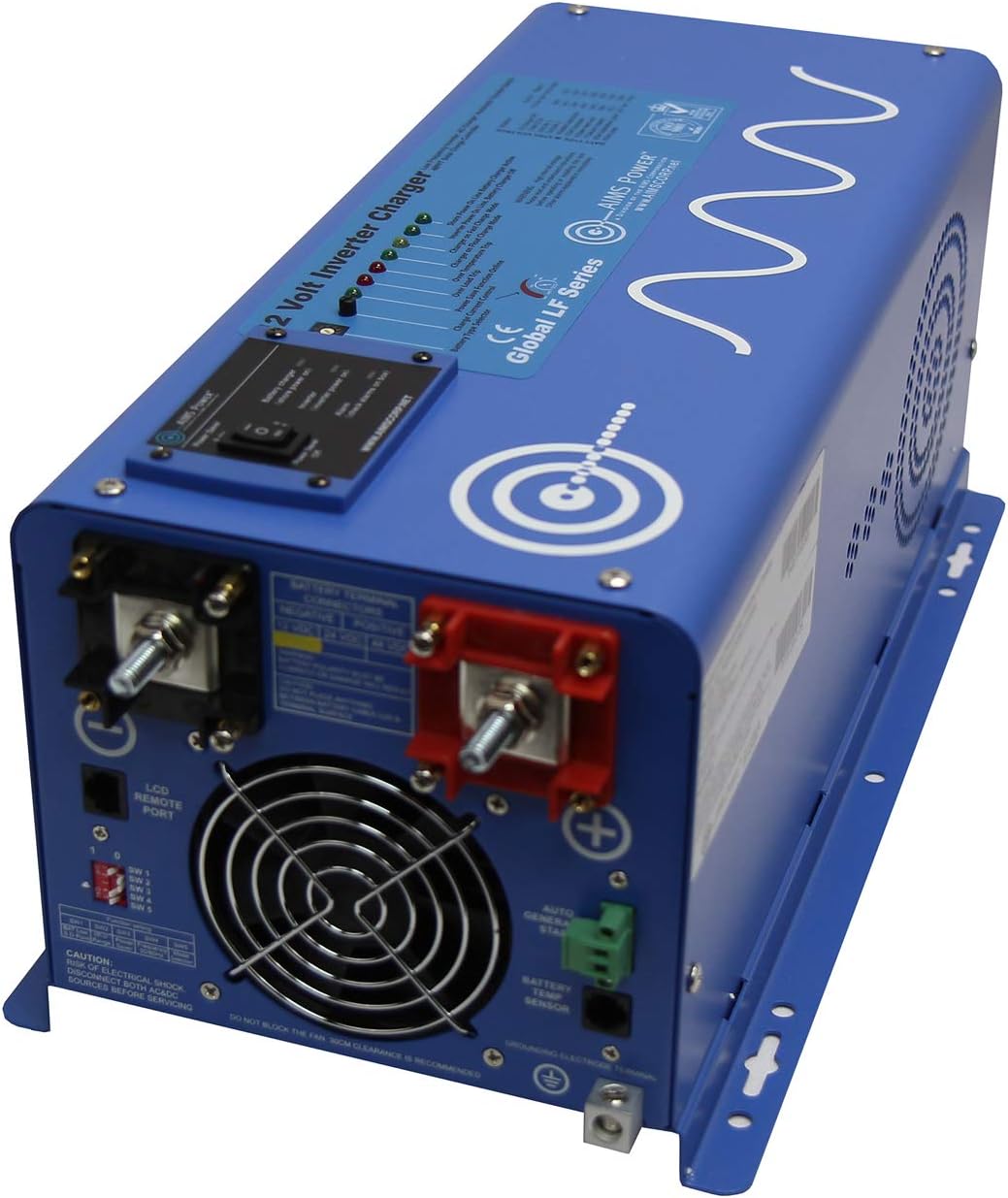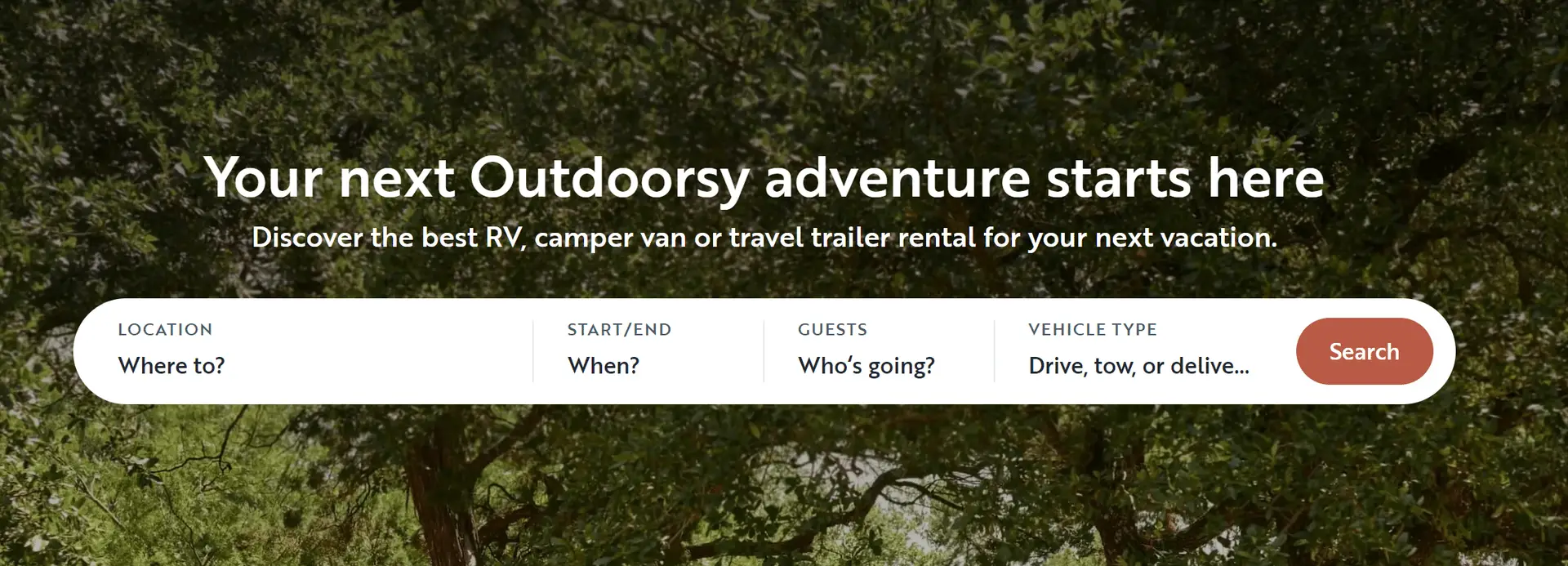Embarking on an RV Lithium Battery Upgrade can feel like navigating a labyrinth in the dark.
Confounded by the need for more juice for your off-the-grid escapades but don’t know where to begin?
The sea of technical jargon is as daunting as trying to decipher ancient hieroglyphics. But fear not!
An RV battery upgrade, my friends, is not rocket science – it’s just good old-fashioned ingenuity and a dash of practical knowledge.
Table Of Contents:
- The Journey to Off-Grid Living in an RV
- Understanding Your RV’s Power Needs
- The Importance of a Reliable Inverter/Charger System
- Lessons Learned from Our Battery and Solar Upgrade Experience
- The Power Struggle: Understanding Consumption Needs
- Solar Panels: The Sunny Side Of Energy
- Inverter/Charger System: Your Off-Grid Life Saver
- If You Buy an RV Lithium Battery, You’ll Need a Converter to Go With It!
- The Need for the Correct Converter with Your Lithium RV Batteries Upgrade
- Lithium Battery Upgrade Cost
The Journey to Off-Grid Living in an RV
There’s a certain allure to off-grid living, isn’t there? The idea of being unshackled from the grid, able to travel at will, and say goodbye to those pesky utility bills. The allure of going off-grid is not only captivating for us who yearn to explore, but it also offers substantial ecological gains by lessening our carbon footprint.
I decided we were ready for this adventure when we took on the project of upgrading our Forest River Vibe’s battery system and solar array. Our initial setup was simple: one 200-Ah LifePO4 running all things 12-volt (lights, fans, water pump), with a small portable solar panel giving them just enough juice during daylight hours.

Broadening Horizons with Solar Power
We soon realized that if we wanted real energy independence – think microwaves without shore power – trickle charging wasn’t going to cut it. So began our journey into RV lithium battery upgrade, along with expanding upon those humble beginnings in harnessing sunlight for energy.
We bid farewell to our modest 200 watts worth of panels perched atop the roof where they would soak up maximum sunshine throughout each day – now proudly boasting over 600 watts. More wattage meant more charge rate capabilities, which translated directly into longer periods away from full-hookup campgrounds sans worrying about draining out.
Amping Up Battery Capacity
To match this new powerhouse solar array came an equally impressive expansion in battery capacity. We said adios to lead-acid batteries, which had been limiting due to their size versus rated power output limitations; hello Lithium Iron Phosphate (LiFePO4) batteries.
In what can be best described as ‘going big or going home’, we upgraded dramatically from two hundred amp-hour units to over ten times that amount using 5 massive LiFePO4 beauties, each packing 200 hundred amp-hours apiece.

Embrace the freedom of off-grid RV living with a battery upgrade and solar power expansion. Ditching lead-acid batteries for Lithium Iron Phosphate (LiFePO4) units, coupled with a beefed-up solar array, means longer stays away from full-hookup campgrounds without worrying about power drain.
Understanding Your RV’s Power Needs
Off-grid living in an RV is not just about the freedom of travel and cost savings; it’s also a dance with power consumption. The tango between 12-volt systems (lights, water pumps) and those demanding divas known as 120-volt appliances (microwaves, air conditioners) can leave you tripping over your own feet if you’re not prepared.
The Role of Batteries in Powering Your RV
Batteries are like the lifeblood coursing through your off-grid setup; they store all that delicious energy from solar panels or shore-power charging sessions for later use. They’re essentially the unsung heroes making sure we have light when night falls on our Casita camper trailer, primarily tucked away somewhere remote.
Your battery bank capacity determines how long you can stay disconnected from civilization without needing to recharge. We started with 1 lithium battery offering us a rated power of 200Ah – sufficient enough for short trips but left us craving more juice during extended stays out in nature’s lap.
In pursuit of longer periods sans hookups at campgrounds and uninterrupted usage of high-powered devices like microwave ovens or AC units while camping off-grid, we supercharged our battery system by adding additional lithium RV batteries until hitting over a whopping 1000 Ah. These lithium batteries cost us about $600 each, compared to sealed lead-acid cost of around $300 each at the time.
Solar Panels – Harnessing Sunlight for Energy
We couldn’t stop there though. With larger lithium batteries came greater responsibility – generating more renewable energy using solar panels became imperative because after all, who wants to be tethered to campground plug-ins forever? We kicked things up several notches by expanding our small portable solar panel array providing around only 200 watts initially into this much nicer setup churning out over 600 watts now. So even cloudy days don’t rain on our parade anymore thanks largely in part to the ample reserve stored inside massive lithium-ion house batteries, keeping everything humming along nicely.
Living off-grid in an RV is a power juggling act, balancing 12-volt systems and high-demand appliances. Batteries are the unsung heroes of this setup, storing energy for use when needed. Upgrading your battery bank and harnessing solar energy can supercharge your freedom, allowing you to enjoy extended stays in nature without needing to recharge or rely on
The Importance of a Reliable Inverter/Charger System
Imagine this: You’re living the dream, traveling off-grid in your RV. But then you hit an unexpected snag – Your microwave refuses to heat up that delicious burrito and the air conditioner won’t start. The culprit? An underpowered inverter/charger system.
A Power Boost with Upgraded Equipment
In our pursuit of energy independence on wheels, we quickly discovered that factory-installed inverters often lack enough power for high-power appliances. Our 1,000-watt unit was barely meeting our needs.
We decided to upgrade to a beefy 3000-watt AIMS Inverter/Charger after doing some serious research (and drinking several lukewarm coffees). This new powerhouse not only allows us more freedom with appliance usage but also ensures efficient charging cycles for our expanded lithium RV batteries.

Foresight is Key: Future-Proofing Your Setup
Picking out an inverter isn’t just about meeting today’s needs – it’s also about preparing yourself for future upgrades like additional solar panels or electric heating systems. We chose equipment capable of handling more than what’s currently required by our existing setup, effectively shielding ourselves against potential surprises down the road.
This approach has proven invaluable throughout this process because let me tell you folks – there will always be something shiny and new tempting you.
Battery Bank Charging Efficiency Matters
Your choice directly impacts how efficiently those precious lithium RV batteries get charged. A top-notch model ensures optimal charge rates while guarding against overcharging – crucial considering these batteries cost quite a bit compared to traditional lead acid ones.
The upgraded AIMS inverter/charger offers intelligent features designed specifically for different types such as AGM Batteries and LiFePO4 Batteries, which have unique requirements compared to their old-school counterparts. This smart tech helps prolong the overall lifespan while maximizing performance day-to-day – both critical considerations when camping off-grid frequently.
Don’t let an underpowered inverter rain on your off-grid RV parade. Upgrading to a robust system like the 3000-watt AIMS Inverter/Charger not only powers high-energy appliances but also efficiently charges lithium RV batteries. Remember, it’s about meeting today’s needs and future-proofing for shiny new upgrades.
Lessons Learned from Our Battery and Solar Upgrade Experience
A journey of a thousand miles begins with one step, or in our case, an RV lithium battery upgrade. Here’s the scoop on what we learned during this electrifying adventure.
The Power Struggle: Understanding Consumption Needs
We kicked off by underestimating how much juice we’d need for camping off-grid. Initially opting for 200-Ah, it wasn’t long before realizing that more power was needed to run all those modern comforts (hello air conditioning.). So began our transition towards over 1000-Ah worth of lithium RV batteries – now there’s some serious energy independence.
Moral of the story? Keep track of your usage. Knowing which appliances are running and their impact on your overall consumption is key to managing your lead acid battery bank effectively.
Solar Panels: The Sunny Side Of Energy
Our decision to expand solar panels from a modest 200 watts up to a dazzling 600 watts proved enlightening – literally. With greater freedom while living off-grid came less reliance on external electricity sources. However, let me tell you; finding space atop our Forest River Vibe for these shiny new additions presented its own challenges due to size constraints. Remember folks, measure twice, install once.

Inverter/Charger System: Your Off-Grid Life Saver
Bidding farewell to factory-installed inverters might be daunting, but trust us when we say upgrading makes all the difference in the world. A robust AIMS Inverter/Charger not only enhances efficiency within the electrical system; it also allows full use of high-demand appliances like microwaves and even heavy loads without batting an eyelid. No longer do we have to worry about access to full hookups at campgrounds to enjoy the creature comforts of home sweet mobile home.
Upgrading your RV’s battery and solar system is a game-changer for off-grid living. Understand your power needs, invest in lithium batteries, expand your solar panels, upgrade to an efficient inverter/charger system and consider dual systems for optimal efficiency. Remember: measure twice, install once.
If You Buy an RV Lithium Battery, You’ll Need a Converter to Go With It!
Upgrading your RV batteries from traditional lead-acid batteries to lithium-ion ones is becoming increasingly popular among the camping community. But there’s one crucial aspect you need to consider before making this leap – and that’s getting a converter for your new battery system.
Lithium-ion batteries, like those used in an RV lithium battery upgrade, have several advantages over their lead-acid counterparts. For starters, they can be discharged more than 50-60% without causing damage or drastically shortening the lifespan of the battery – something which isn’t possible with even high-quality deep-cycle or hybrid marine/RV lead acid batteries.
This means you get twice as much usable power compared to a true deep-cycle battery and three times as much compared to a hybrid marine/RV battery! And here’s another perk: High-quality LiFePO4 (lithium iron phosphate) batteries discharge at constant voltage. This means no more dimming lights when your energy usage peaks while camping off-grid!
The Need for the Correct Converter with Your Lithium RV Batteries Upgrade
A critical part of any successful RV lithium battery upgrade is ensuring that your charging system can handle these new powerhouse cells. Most traditional chargers are designed for sealed lead-acid or AGM (Absorbent Glass Mat) type house batteries, but not necessarily equipped for charging lithium types effectively.
Lithium RV Batteries require specific charge rates and algorithms provided by compatible converters/chargers so it’s essential that you factor this into your overall lithium batteries cost. Failing to do so could result in undercharging or damaging your newly upgraded power bank. Luckily, the AIMS inverter/charger has options to charge our new lithium batteries!
Lithium Battery Upgrade Cost
I understand that cost might be one major concern when considering an RV lithium battery upgrade. Yes! It’s true that upfront costs for lithium RV batteries tend to be higher compared with traditional lead acid or even AGM options. But consider this: over time, due not only to longer lifespan but also better performance characteristics – especially under heavy load conditions – the overall lifecycle cost may actually end up being lower!




